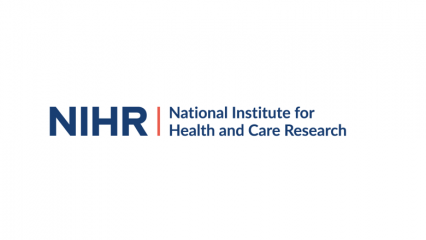Malfunctioning immune cell behaviour could be drug target in Long Covid
Greater Manchester Researchers have shown for the first time that malfunctioning behaviour of a type of immune cell is linked to specific symptoms of long-COVID.
The team were from University of Manchester, Manchester University NHS Foundation Trust (MFT), the Northern Care Alliance NHS Foundation Trust (NCA), and the National Institute for Health and Care Research (NIHR) Manchester Biomedical Research Centre (BRC).
Normally functioning monocytes, made in the bone marrow, would travel through the blood to the lungs where they surround and kill the virus and boosts the immune response.
However, scientists and clinicians discovered that in long-COVID, abnormal migration of these cells corresponds to the most commonly reported symptom, shortness of breath. A different migration profile alongside changes to other functions correspond to fatigue.
The unique monocyte signatures defining subgroups of long COVID patients reveal new pathways that could targeted for novel therapeutic opportunities in long COVID patients.
The study is published today (16/03/23) in the European Respiratory Journal.
The patients were recruited to the study between July 2020 and January 2021.
They included 71 hospitalised patients with acute COVID-19 and 142 follow up patients attending outpatient clinics months after hospital discharge from COVID-19, across Manchester University NHS Foundation Trust and the Northern Care Alliance Foundation Trust.
Using blood samples, they examined key monocyte migratory signatures in acute disease that persisted into convalescence up to nine months following hospital discharge.
The hospitalised patients were arranged into mild, moderate and severe disease based on their oxygen requirements.
Patients on acute non-invasive ventilation, invasive ventilation and admission to intensive care automatically led to classifying patients as having severe disease.
Healthy blood samples were obtained from frontline workers at the University of Manchester and Manchester University NHS Foundation Trust (MFT) and examined alongside patient samples.
At outpatient review, patients undertook rigorous questionnaires which assessed whether they had increased levels of breathlessness and/or fatigue, and if this was new since SARS-Cov-2 infection.
Unique monocyte profiles distinguished long COVID patients with shortness of breath and unresolved lung injury from those with ongoing fatigue, and from asymptomatic patients.
The study was funded by The Wellcome Trust, the Royal Society, The Medical Research Council, The Kennedy Trust for Rheumatology Research, The Lister Institute, BBSRC and UKRI.
Dr Elizabeth Mann, Wellcome Trust/Royal Society Sir Henry Dale Fellow at the University of Manchester’s Lydia Becker Institute said: “There is now a wealth of evidence indicating that chronic morbidity persists in many COVID-19 patients during convalescence manifesting as long COVID which remains a global public health problem despite vaccination programmes and milder strains of SARS-CoV-2.
“These debilitating symptoms including extreme fatigue, shortness of breath, myalgia, brain fog, depression, fibrotic lung disease and pulmonary vascular disease and we now know this can last for many months or even years following infection.
“But treatment options for long COVID are currently limited, since the development of targeted therapeutic strategies requires an in depth understanding of the underlying immunological pathophysiology.
“Our work finding a link between monocyte function and specific long COVID symptoms may provide an important first step on the road to possible treatments.”
Professor of Inflammatory Disease, Tracy Hussell, Programme Lead in the Next Generation Phenotyping and Diagnostics Theme at NIHR Manchester BRC, added: “This study, led by Dr Mann’s team, is a prime example of the ‘one Manchester’ approach that provides seamless integration between clinicians and scientists under the umbrella of our NIHR Biomedical Research Centre and the generosity of our patient population.”



